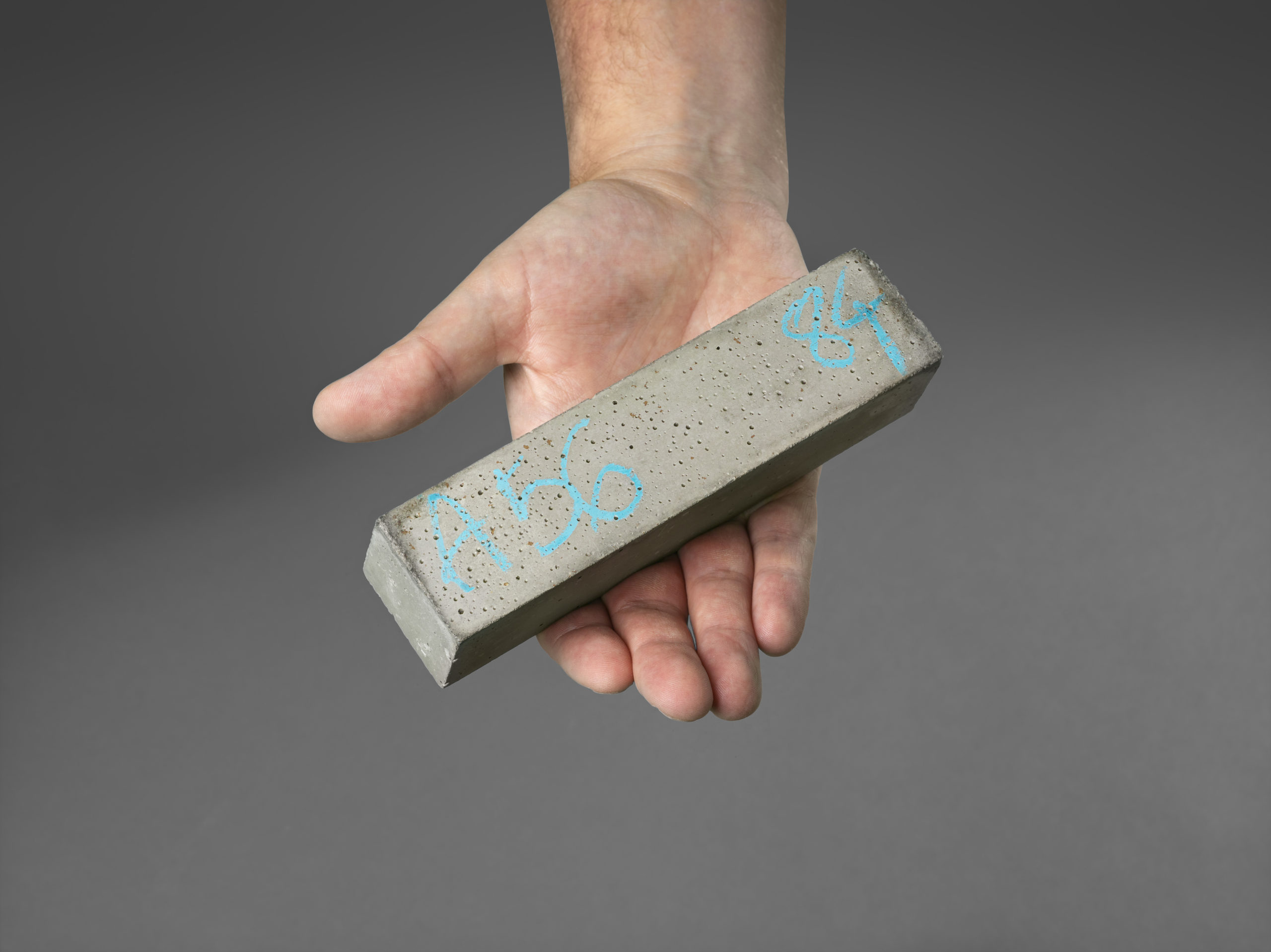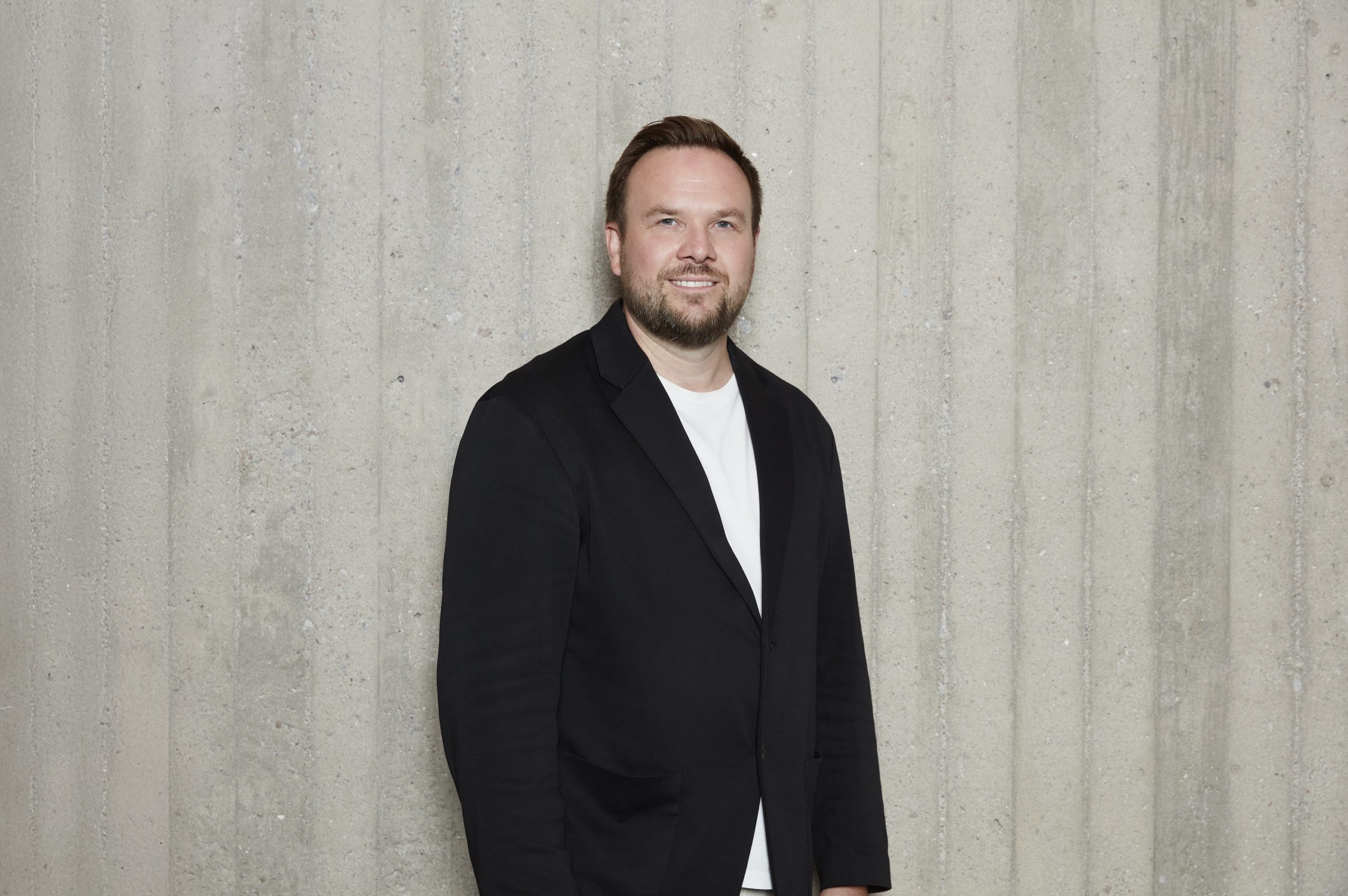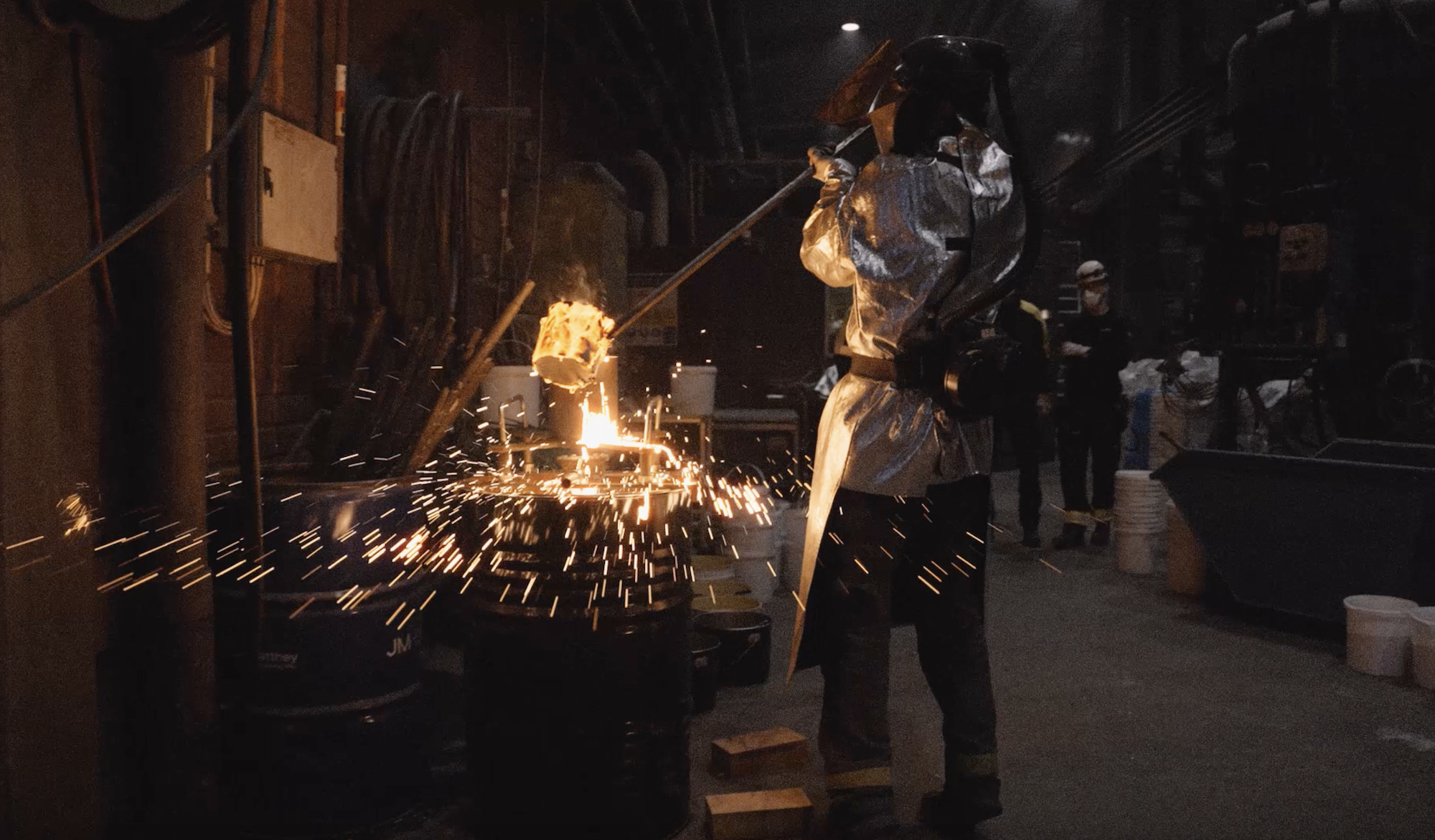Transform Concrete Procurement: Drive 80–95% CO₂ Cuts and Cost Savings
Why it matters: Cement production accounts for roughly 7% of global CO₂ emissions and is under intense regulatory and procurement pressure in the EU. Cemvision’s breakthrough cement—proven in a 12 t/day demo kiln in Sandviken, Sweden—cuts lifecycle emissions by 80–95% versus Portland cement, offers comparable 28-day strength (≥45 MPa), and operates at a peak hydration heat below 350 J/g. With a 500 kton/year plant slated for the Gothenburg region by late 2028 (100 kt in 2029, 300 kt in 2030), business leaders can lock in carbon compliance, reduce Scope 3 exposure, and undercut carbon-capture retrofits on total cost of ownership.
1. Concrete Business Impact
Scope 3 & Procurement: Early adopters can meet the EU’s forthcoming Construction Products Regulation (CPR) embodied-carbon limits and win green tenders under EU ETS/CBAM pricing (€60–80/tCO₂ today, rising to €100+/tCO₂ by 2030). Third-party life-cycle assessments (UL-verified LCA report, EPD No. 2024-CEM-EU) confirm a 85% cradle-to-gate CO₂ reduction versus EN-197-1 OPC benchmarks.

Cost Performance: At an estimated €95–110/tonne (ex-works) at 500 kt, Cemvision undercuts Portland cement with carbon-capture retrofit scenarios (CCS capex + €20–40/t premium). Early field trials with Skanska and Heidelberg Materials show 5–10% material savings in high-strength mixes, translating into net concrete cost neutrality or slight premium that is offset by lower carbon penalties and faster curing cycles.

2. Market & Regulatory Tailwinds
- EU Carbon Pricing & CBAM: Projects using low-carbon cement avoid rising CO₂ levies and gain preferential scoring in public tenders.
- Green Public Procurement: Sweden’s National Infrastructure Plan 2025–2035 includes mandatory EPD thresholds; early offtakes secure volume and EPD updates for CEM II/A-LL blends.
- Standards & Approvals: Cemvision is following CEN TC 51 for an ETA under EAD 340141-00-0301, engaging DNV and Lloyd’s Register on type testing. Targeted EN 197-1 compliance trials are scheduled Q3 2024 with SP Technical Research Institute of Sweden.
3. Circular Supply & Strategic Partnerships
Cemvision’s feedstocks include EAF and BOF steel slag from SSAB’s Oxelösund plant and arsenic-free mine tailings from Boliden’s Aitik mine. Supply MOUs signed Q1 2024 ensure quality-controlled delivery. This circular model reduces virgin limestone demand by 70% and mitigates waste-stream liabilities for steel and mining partners while delivering a differentiated ESG narrative for infrastructure consortia.

4. Performance & Cost Model Comparison
| Metric | Portland + CCS | Cemvision Low-Cement |
|---|---|---|
| Cradle-to-Gate CO₂ | 300–350 kg/t | 15–60 kg/t |
| Production Temp. | 1,450 °C | 1,200 °C |
| Unit Cost | €110–130/t | €95–110/t |
| 28-Day Strength | 40–50 MPa | 45–55 MPa |
5. Regulatory & Adoption Roadmap
- Q3 2024: Complete SP and DNV type tests; file for ETA under EAD pathway.
- Q4 2024–Q2 2025: Pilot projects with Skanska and Peab in Northern Europe; secure CE marking for CEM II/A-LL at 20% clinker substitution.
- 2026–2027: Engage insurers (FM Global, Allianz) on material performance warranties and update contract annexes to reference Cemvision EPDs and performance data.
- 2028: Ramp first Gothenburg facility to 500 kt/year; integrate with regional green hydrogen projects (Vattenfall PPA) to ensure energy supply hedges.
6. Five-Point Action Plan for Business Leaders
- Scan Your Pipeline: Identify 2026–2030 infrastructure and industrial builds with carbon-score targets; map out potential substitution volumes.
- Engage Early: Initiate technical trials with Cemvision; request full LCA/EPD, mix-design guides, and third-party test reports.
- Negotiate Offtake & Feedstock MOUs: Include price and carbon indexation clauses, performance warranties, and escalation triggers tied to ETS carbon price.
- Revise Specs & Contracts: Update tender documents to allow non-Portland low-carbon cements; align with insurers and engineering firms for pre-approval.
- Model Total Cost & ROI: Compare material premiums to avoided carbon costs, schedule acceleration value, and reputational gains in carbon-scored procurement.
Ready to lead in low-carbon construction? Schedule an executive briefing, download our full EPD & LCA report, or launch a pilot project with our technical team.
Leave a Reply